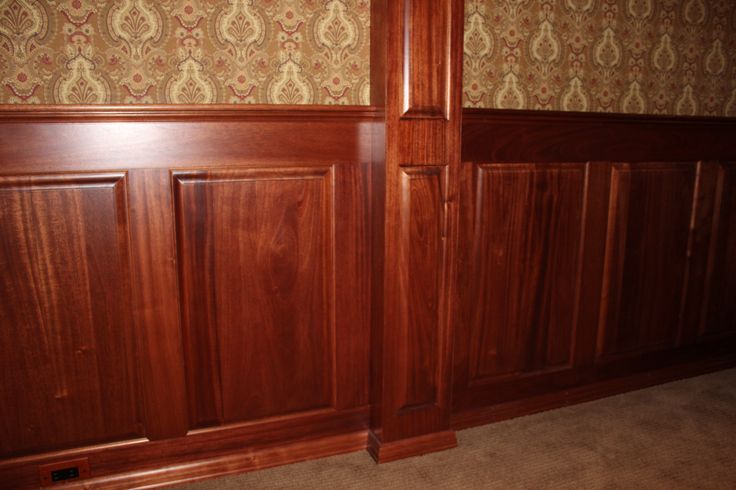From sleek modern homes to quaint countryside cottages, wainscoting is a revered element of design, bridging time and cultures. But how did it earn this distinction? Let’s delve into its past to trace the origins and evolution of wainscoting.
Origins of Wainscoting
The term ‘wainscoting’ derives from Middle English ‘waynscot,’ which in turn, originates from the Middle Low German ‘wagenschot.’ It’s believed that ‘wagen’ translates to ‘wagon,’ while ‘schot’ signifies ‘partition.’
In the 14th Century, ‘wainscot’ was introduced. With Germanic roots, it referred to panels made from premium-grade oak.
Over time, ‘wainscot’ became synonymous with ‘wooden panels on walls.’
More Than Just Decorative Panels
Contrary to its current status as a stylish feature, wainscoting wasn’t always a sign of opulence. Initially, it was primarily functional rather than decorative. Originating in Europe, wainscoting served as a means to insulate cold stone walls.
When wainscoting crossed the Atlantic to the United States, it found a new function in the old New England colonial homes.
In this setting, wainscoting served a practical purpose by separating human living spaces from the areas where animals were kept, providing a robust barrier.
As plaster became a common feature on interior walls, wainscoting assumed the role of a protector. It shielded these delicate plaster interiors from the wear and tear of everyday life, including accidental knocks from furniture, particularly chairs.
Wainscoting’s Journey: From Utility to Beauty
As decades turned into centuries, the role of wainscoting began to evolve. While it continued to provide protection and insulation, its aesthetic appeal started to captivate people.
Gradually, it transformed into a coveted design element that added character and elegance to interior spaces.
Today, the variety of wainscot panels is extensive. From traditional beadboard and raised panel to contemporary shaker and board and batten, the options are numerous.
The choice of wainscoting is often driven by its aesthetic appeal, transitioning it from a utilitarian item to a beautiful visual enhancement.
Wrapping Up
Wainscoting has traversed an intriguing path. It’s crossed continents, transitioned from a functional element to a visually pleasing addition, and secured a place in the annals of design history.
As we appreciate the elegance and sophistication wainscoting brings to our homes today, it’s valuable to reflect on its humble origins and the long journey it has undertaken. This esteemed design element has a rich and complex history as the panels it embodies.
